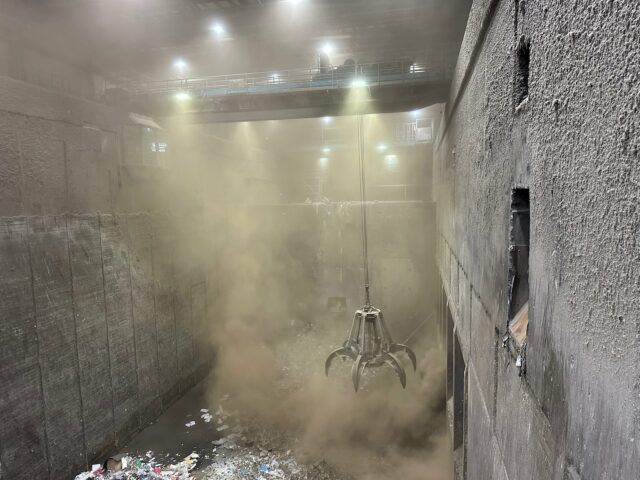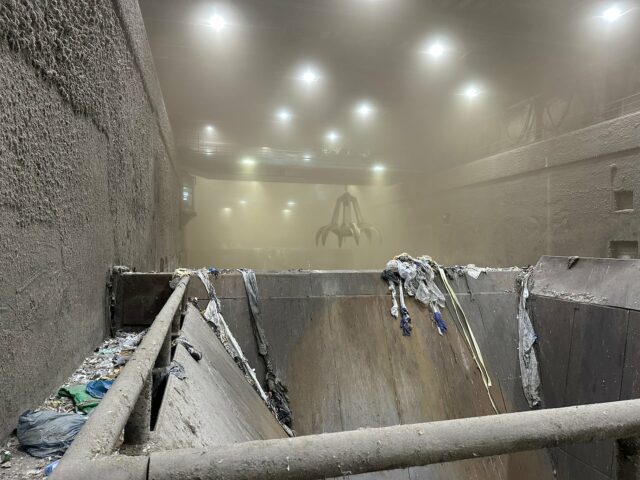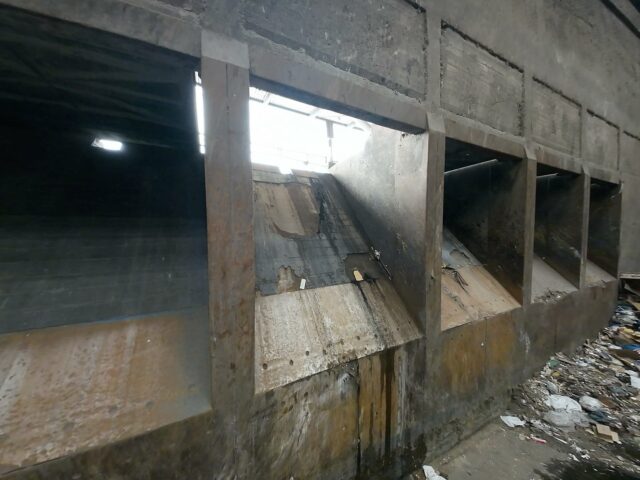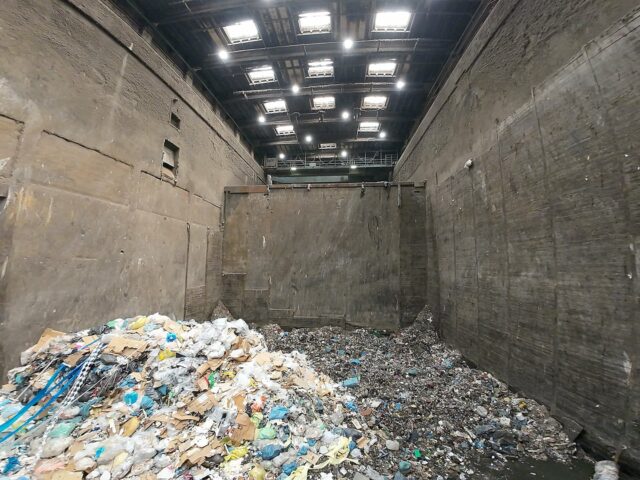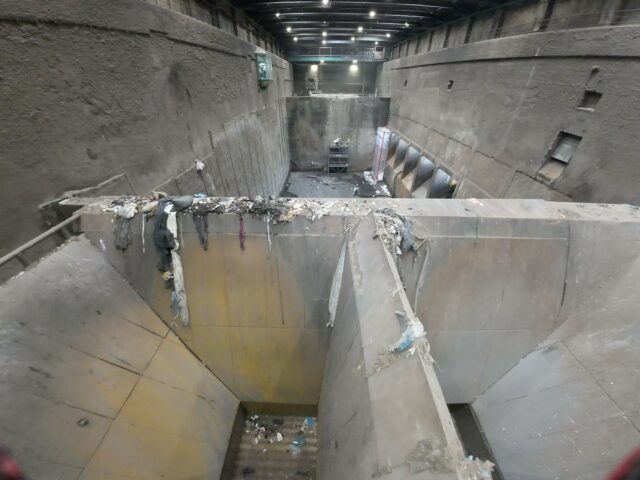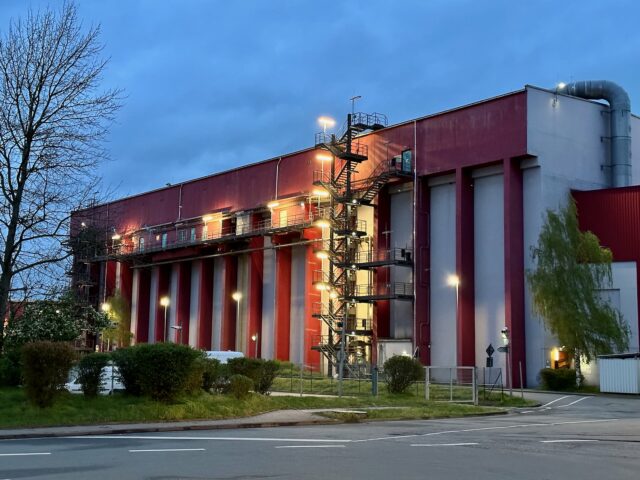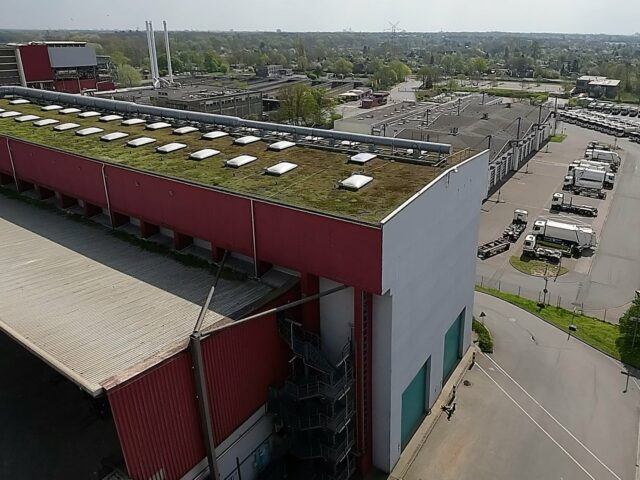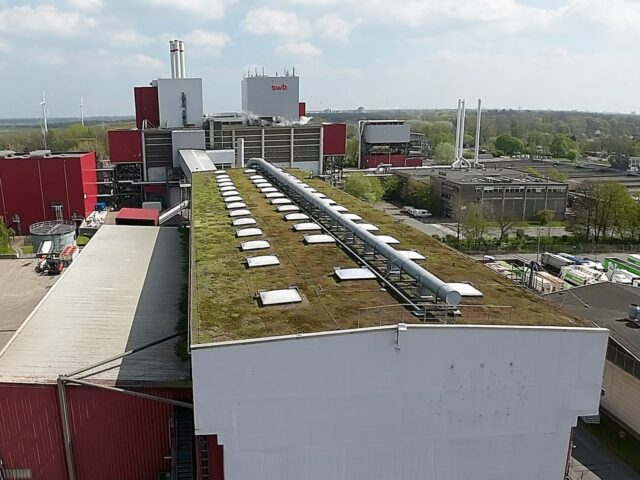Waste Bunker Inspection with Drones
- Safety: No human access required. No scaffolding required.
- Reliability: High-quality visual data.
- Data Quality: Accurate and comprehensive data.

















Eliminating Hazards in Garbage Bunker Inspections by using Drones
Garbage bunkers are an essential part of waste management infrastructure, providing a safe and efficient way to store and transport large amounts of garbage. However, as with any confined space, garbage bunkers can pose significant risks to workers who must enter and inspect them. Toxic gases, fires, explosions, suffocation, and injuries are just some of the dangers that can arise during garbage bunker inspections. To address these risks, companies are increasingly turning to specialized drones that can safely and effectively inspect garbage bunkers without the need for human entry. In this article, we will explore the importance of garbage bunker inspections and the role that drones can play in improving safety and efficiency in waste management operations.
Garbage bunker safety: Understanding and addressing potential hazards
- Toxic gases: The decomposition of garbage produces a variety of toxic gases, such as methane and hydrogen sulfide, which can be deadly if inhaled in large quantities.
- Fire and explosion hazards: Garbage is highly flammable, and the buildup of methane gas can create explosive conditions. A small spark can easily ignite a fire or explosion in a garbage bunker.
- Suffocation hazards: Garbage bunkers can quickly become oxygen-deficient, posing a risk of suffocation to workers who enter them.
- Injury hazards: Workers inspecting garbage bunkers are often at risk of injury from falling debris, sharp objects, or heavy equipment.
- Infection hazards: Garbage can harbor a variety of disease-causing organisms, such as bacteria, viruses, and fungi, that can pose a risk of infection to workers.
Concrete, Corrosion, and Mechanical Damage: Identifying Risks to Waste Bunkers
Waste bunkers are subjected to a high degree of stress and require regular maintenance to prevent damage. Here are some of the most common types of damage that can occur to waste bunkers and their causes:
- Concrete damage: Concrete damage or to waste bunkers is one of the most common types of damage. This can be caused by the action of aggressive substances such as acids and alkalis present in the waste. The concrete becomes porous and can have cracks and other damage. Improper maintenance or inadequate cleaning can also lead to concrete damage.
- Corrosion: Waste bunkers are often in a humid environment and can therefore be affected by corrosion. This can be caused by the action of moisture and salt present in the air. Corrosion can lead to damage to the metal structure of the waste bunker and thus compromise stability.
- Mechanical damage: Waste bunkers are also subjected to high mechanical stresses, especially due to the movement of heavy waste. This can cause the walls or floor of the waste bunker to be damaged. If these damages are not repaired in a timely manner, they can lead to serious structural problems.
- Weathering effects: Weather can also cause damage to waste bunkers. Rain or snow can damage the roof of the waste bunker, which can allow moisture to enter the waste bunker. This can, in turn, lead to corrosion and other types of damage.
Waste bunkers are subjected to a high degree of stress and require regular maintenance to prevent damage. Here are some of the most common types of damage that can occur to waste bunkers and their causes:
Maintenance of waste bunkers is critical to prevent damage and ensure the safety of employees and the environment. It is important to conduct regular inspections and repair or replace damaged parts in a timely manner.
Staying Ahead of the Game: Drones for Constant Waste Bunker Surveillance
Drone Inspection in Waste Bunkers
Drone inspection is an innovative method of inspecting waste bunkers that offers numerous advantages. Firstly, it provides increased safety as it eliminates the need for workers to physically enter the waste bunker to carry out inspections. This reduces the risk of accidents and exposure to harmful substances.
Another benefit is the higher quality of data collected through drone inspection. The drones can capture high-resolution images and videos that provide a comprehensive view of the entire waste bunker. This allows for more accurate assessments of the condition of the bunker and helps to identify potential issues before they become major problems.
Finally, drone inspection is a more cost-effective method of inspection compared to traditional methods. It reduces the need for manual labor and specialized equipment, which can be expensive and time-consuming. By using drones, companies can save on labor and equipment costs while still obtaining high-quality data.
Overall, the benefits of drone inspection make it a valuable tool in ensuring the safety and efficiency of waste bunkers.
- Spontaneous inspection without long lead times
- Extremely safe as employees do not need to put themselves in danger
- Extensive data collection within a few hours
- Complete avoidance of scaffolding and working platforms
Stop risking worker safety and start using drone inspections for your waste bunkers - contact us to get started!
- Improved safety: By eliminating the need for workers to physically enter the waste bunker to carry out inspections, drone inspection significantly reduces the risk of accidents and exposure to harmful substances.
- Increased efficiency: Drone inspection allows for quick and comprehensive inspections of the entire waste bunker, saving time and increasing overall efficiency.
High-quality data: Drones can capture high-resolution images and videos, providing detailed and accurate data for more precise assessments of the condition of the bunker. - Better accessibility: Drones can access hard-to-reach areas of the waste bunker, providing a comprehensive view of the entire structure.
- Cost-effective: Drone inspection reduces the need for manual labor and specialized equipment, which can be expensive and time-consuming, resulting in cost savings for companies.
Looking for a reliable and efficient solution to inspect your waste bunkers without putting your workers at risk? Look no further than our team of experts with over half a decade of experience in inspecting industrial facilities and power plants.
With drone inspections, we can help you minimize the risk of accidents and exposure to harmful substances that can occur with traditional inspection methods. Our advanced drone technology can quickly and comprehensively inspect your entire waste bunker, providing high-quality data for precise assessments of its condition.
Don’t wait until it’s too late to ensure the safety of your workers and the longevity of your waste bunkers. Contact us today to learn more about our drone inspection services and how we can help you improve safety, increase efficiency, and save costs.
Don’t hesitate to contact us!
Request a Quote
Frequently Asked Questions
There are several advantages to using drones for waste bunker inspection. Firstly, drone inspection eliminates the need for workers to physically enter the bunker, reducing the risk of accidents and exposure to harmful substances. Secondly, drones can quickly and comprehensively inspect the entire structure, saving time and increasing overall efficiency. Additionally, drones can capture high-resolution images and videos, providing detailed and accurate data for more precise assessments of the bunker’s condition. Drones can also access hard-to-reach areas of the bunker, providing a comprehensive view of the entire structure. Finally, drone inspection is cost-effective, as it reduces the need for manual labor and specialized equipment, resulting in cost savings for companies.
Drone inspections improve worker safety by eliminating the need for workers to physically enter the waste bunker to carry out inspections. This significantly reduces the risk of accidents and exposure to harmful substances, as workers are not exposed to potentially hazardous conditions inside the waste bunker. Instead, drone operators can safely and remotely conduct inspections, allowing for a more efficient and safer process overall.
Our Inspection Experts

CEO

CEO & Founder
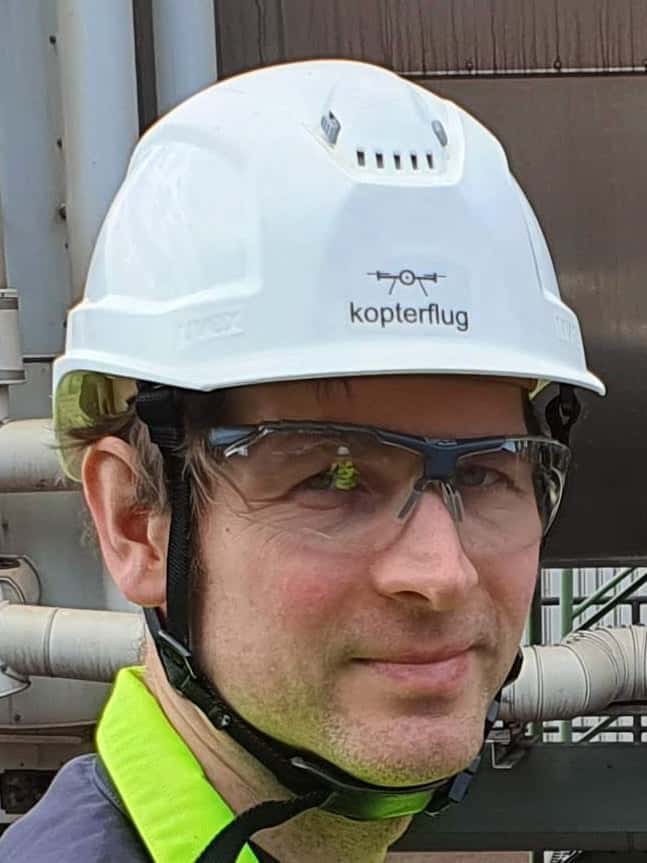
Philipp
CFO & co-owner
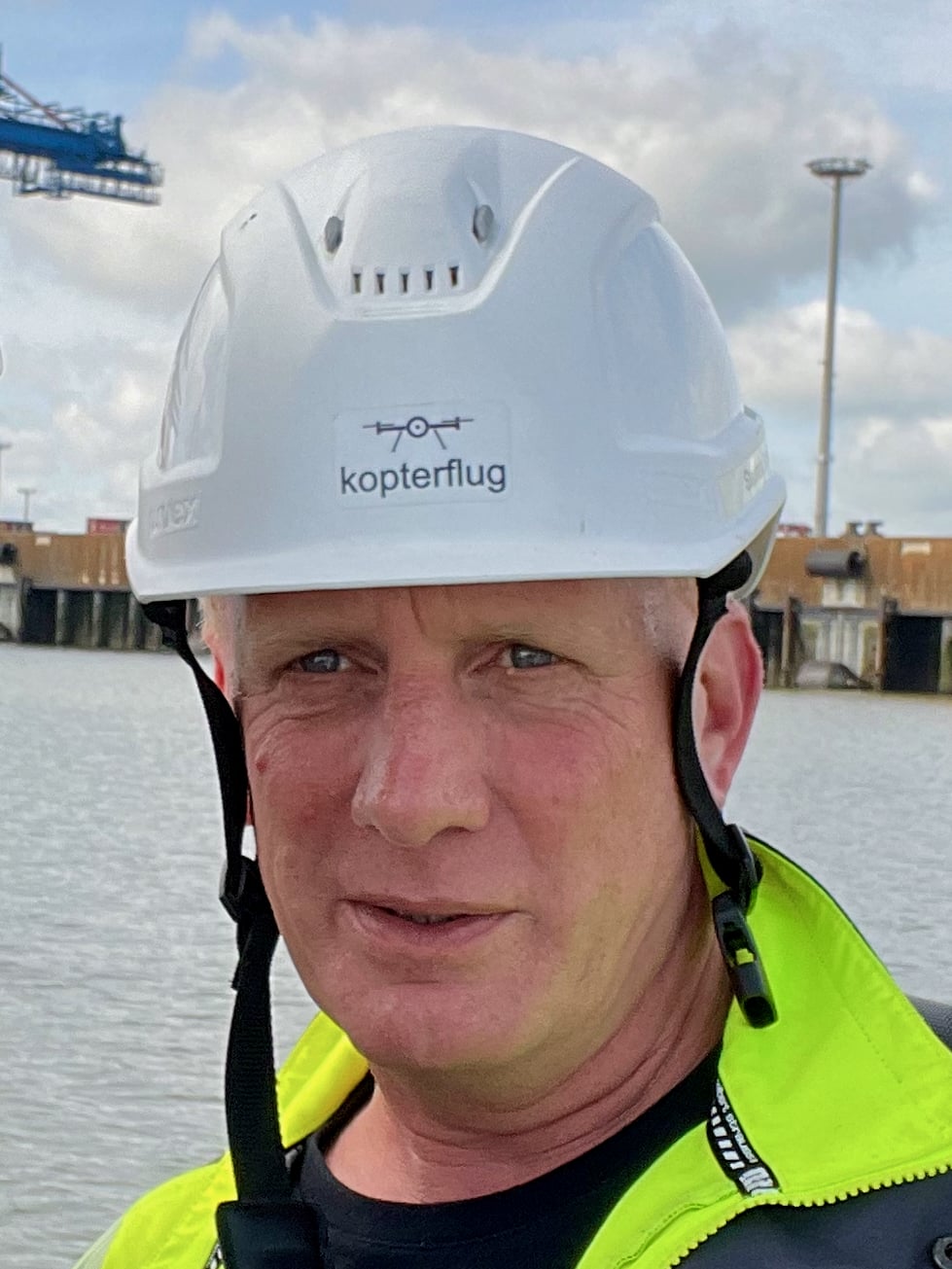
Stephan
Operations

Juliana
Maritime Specialist

